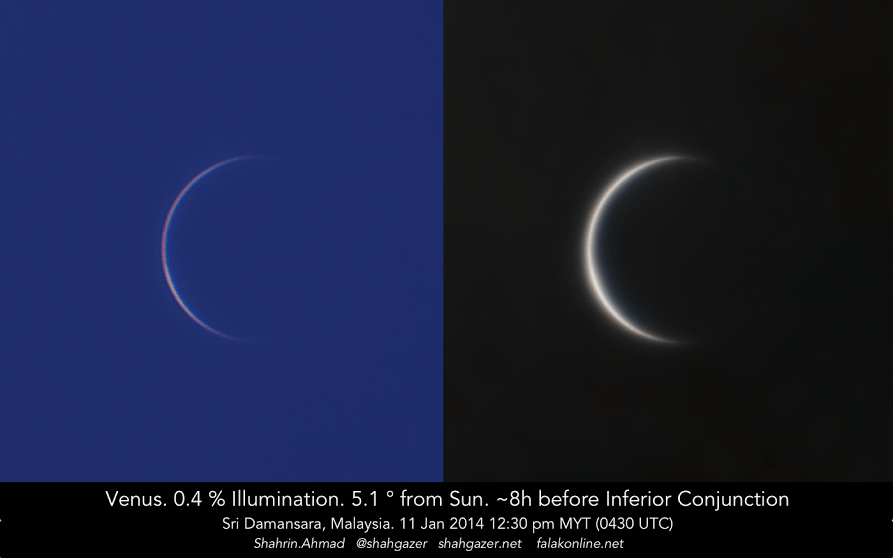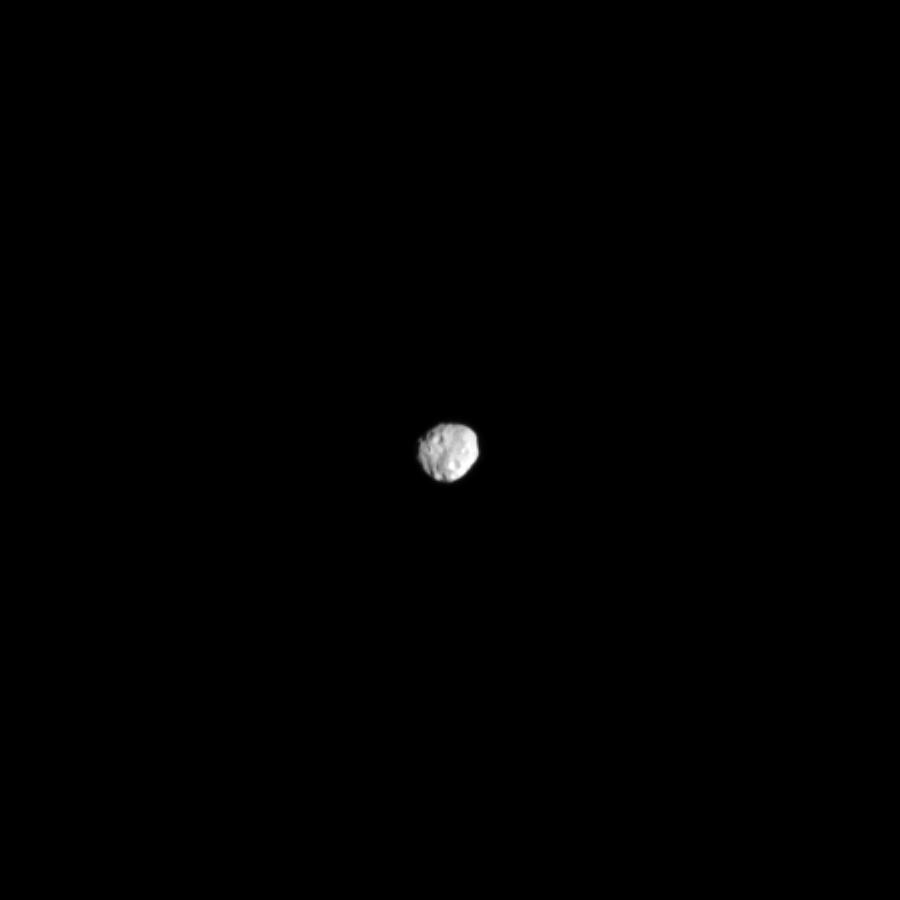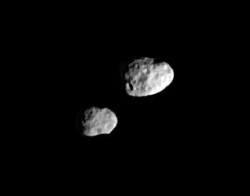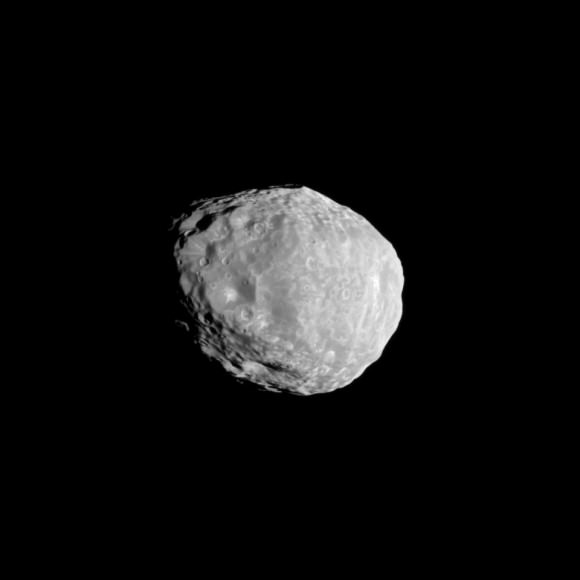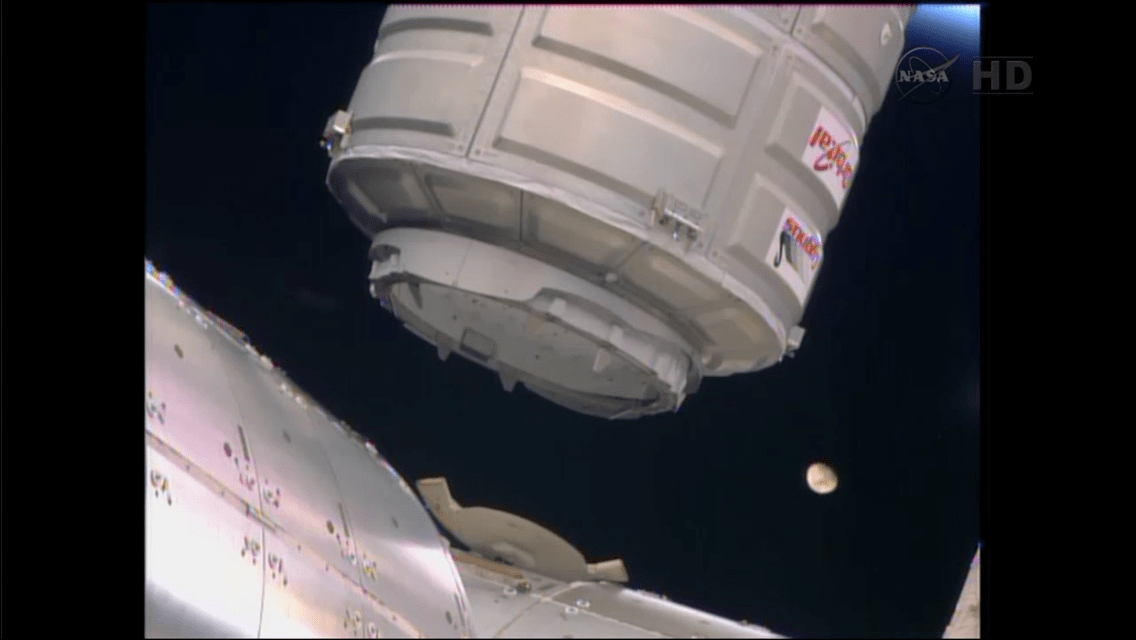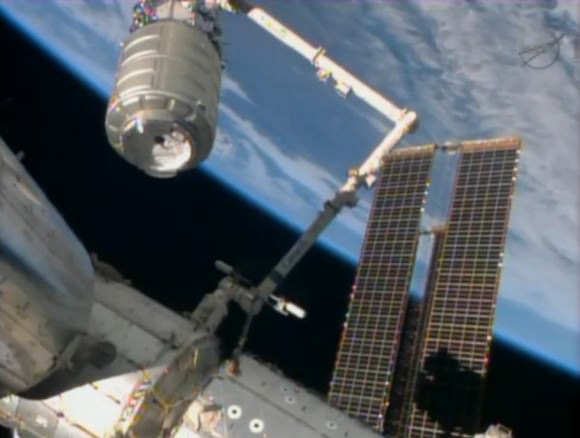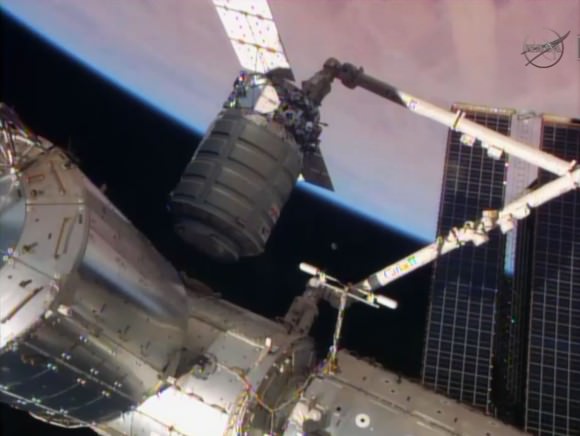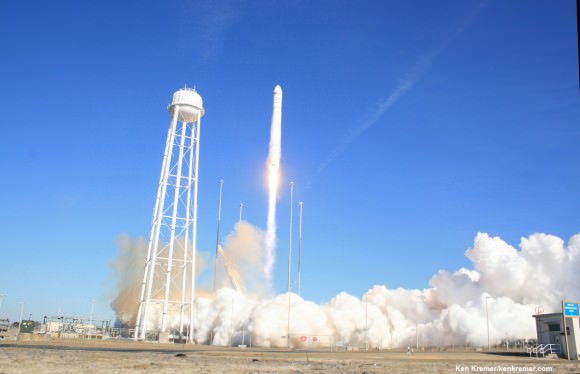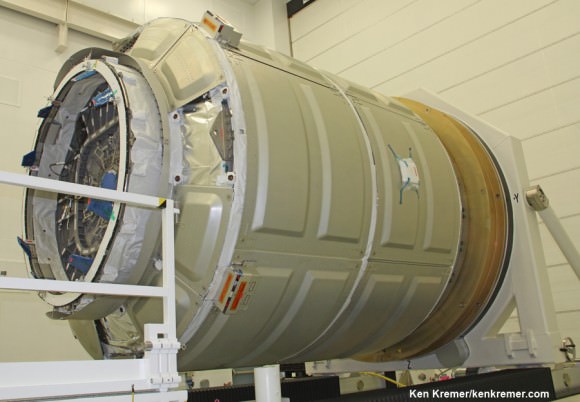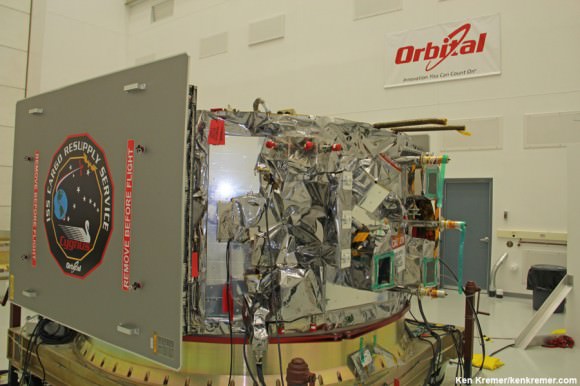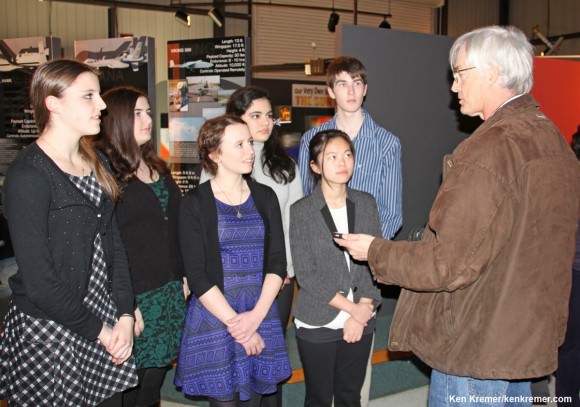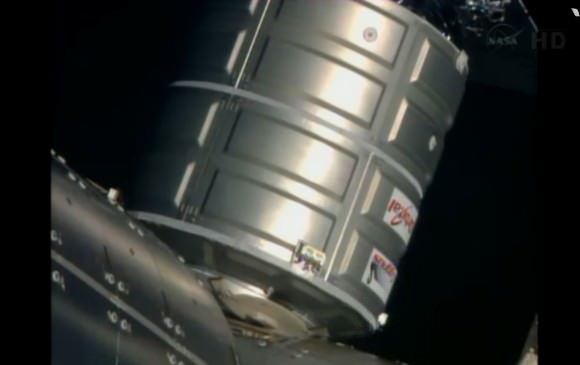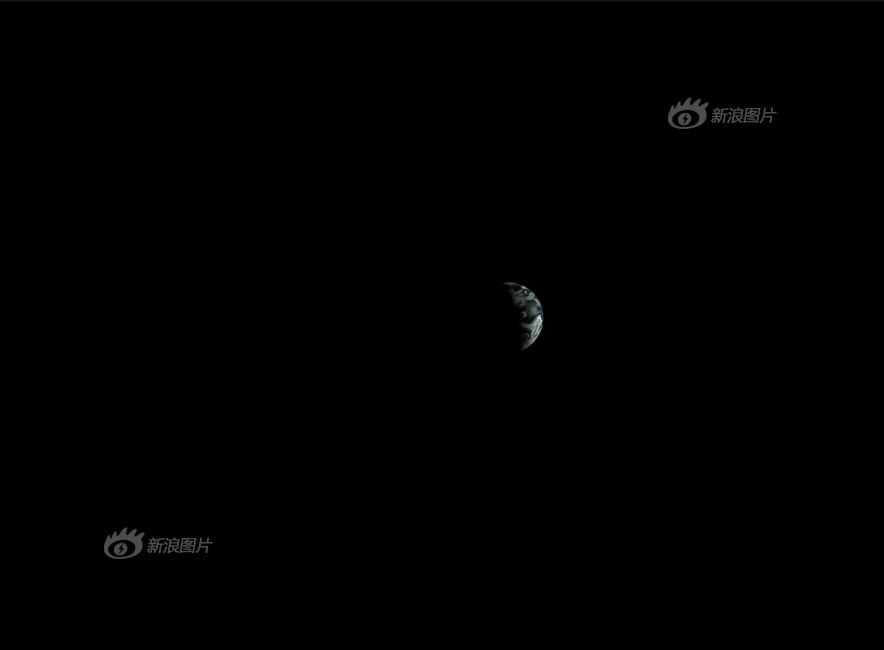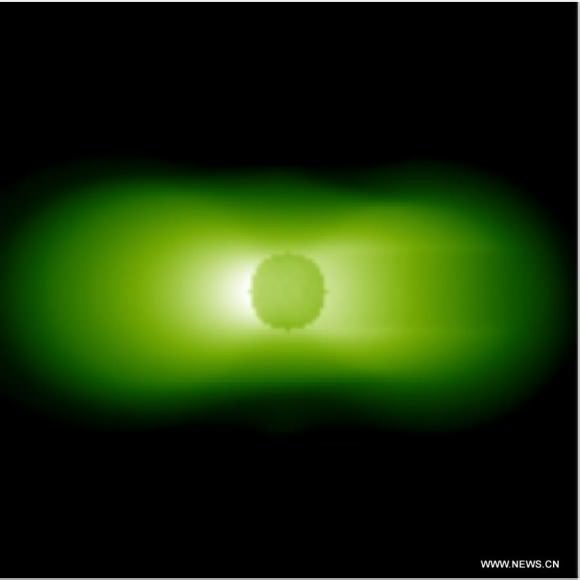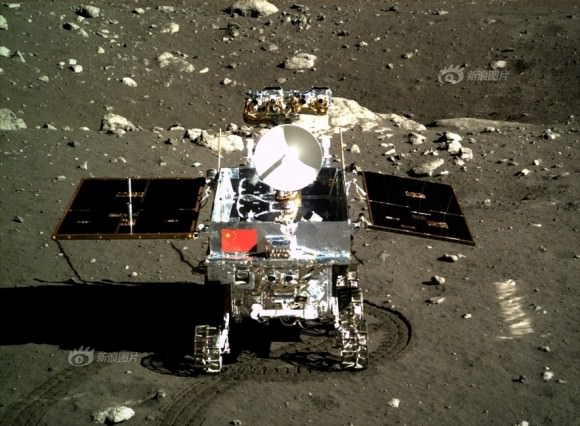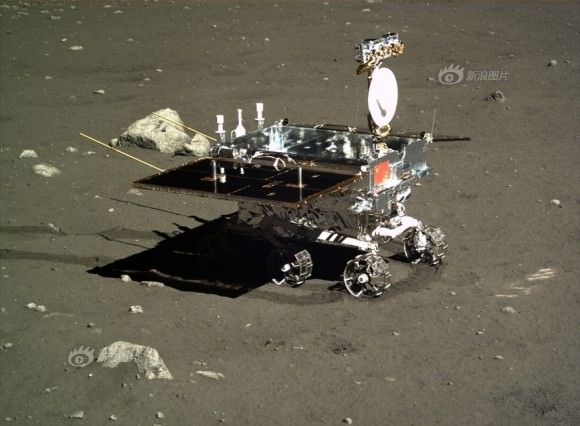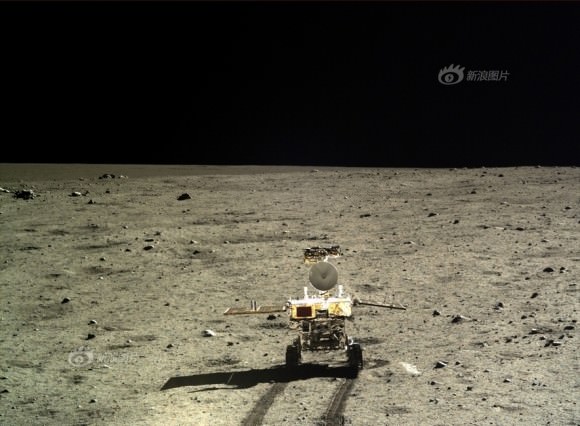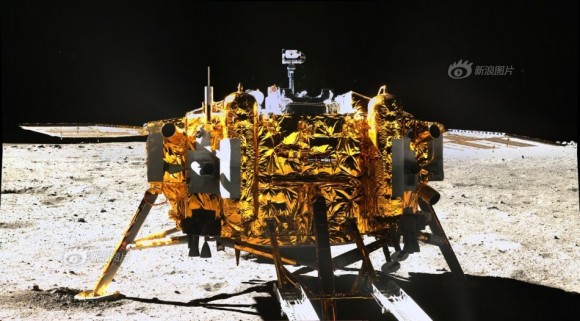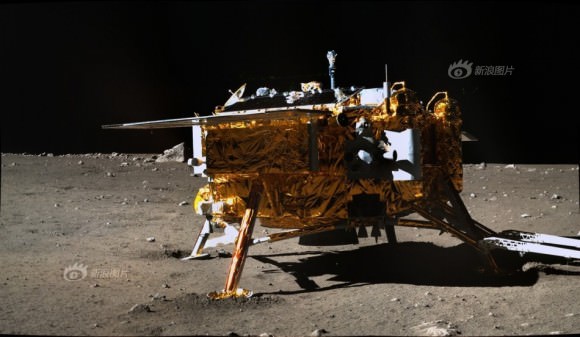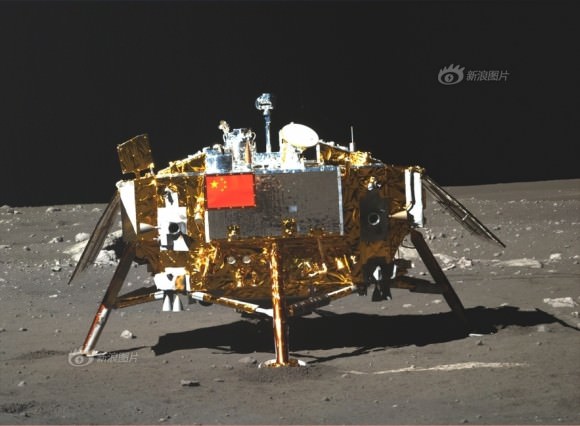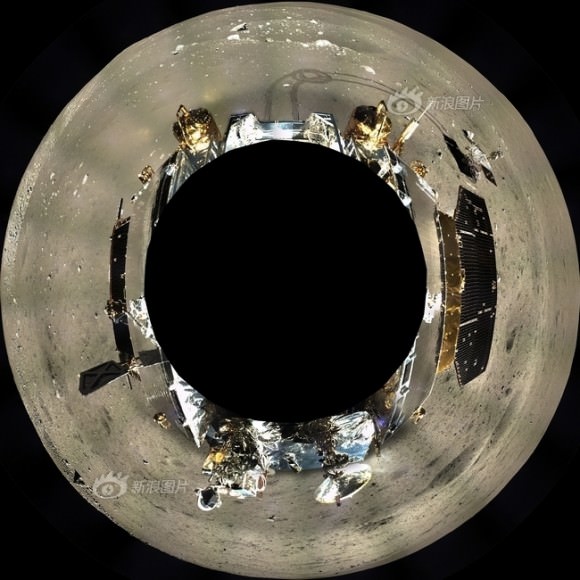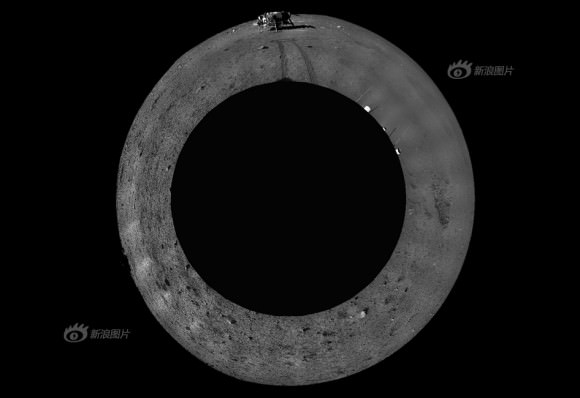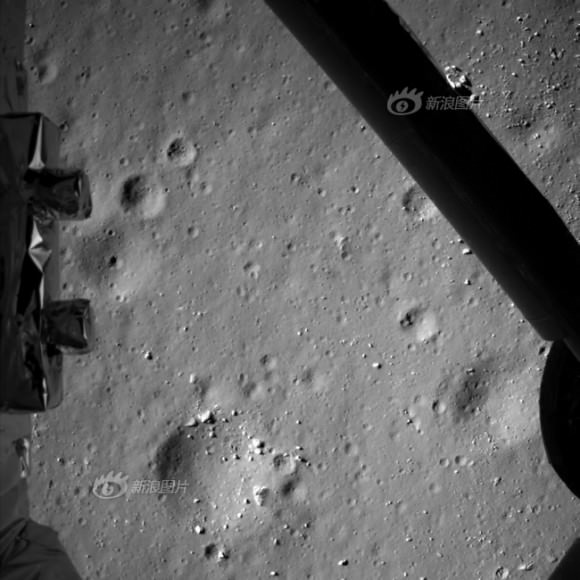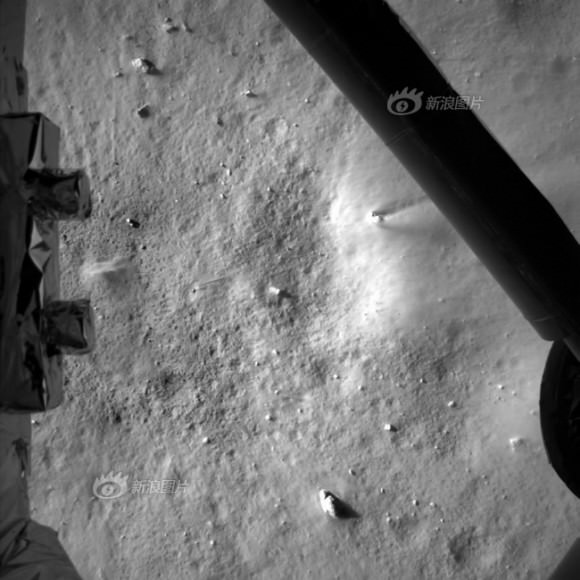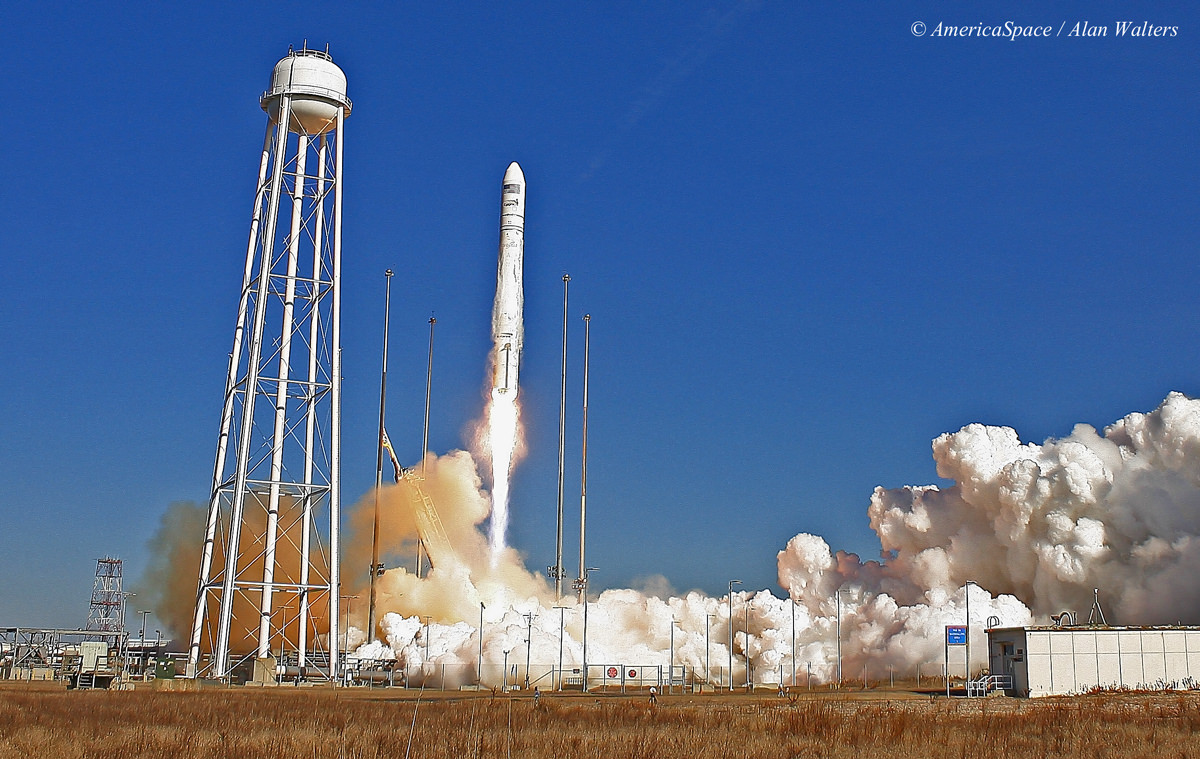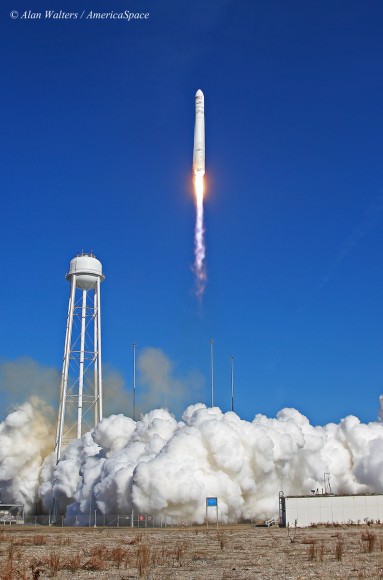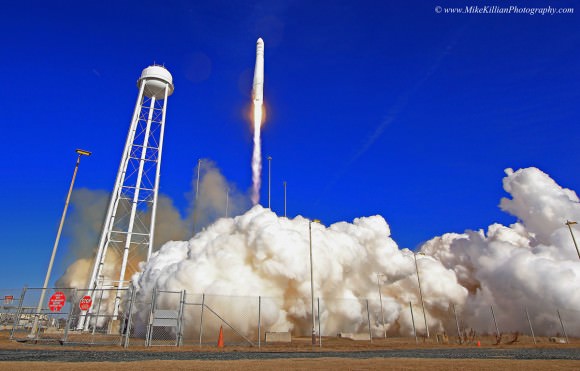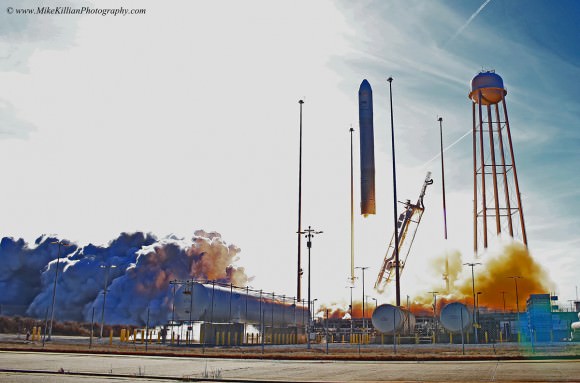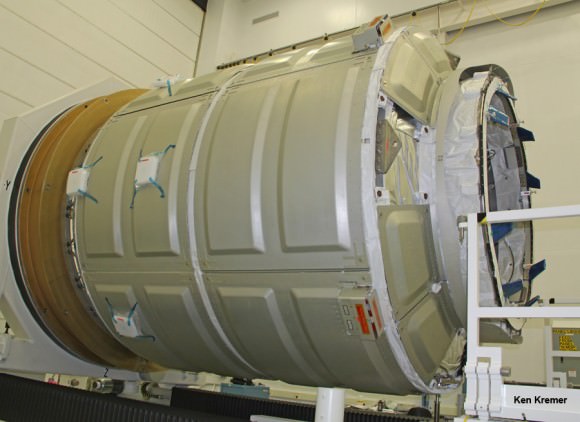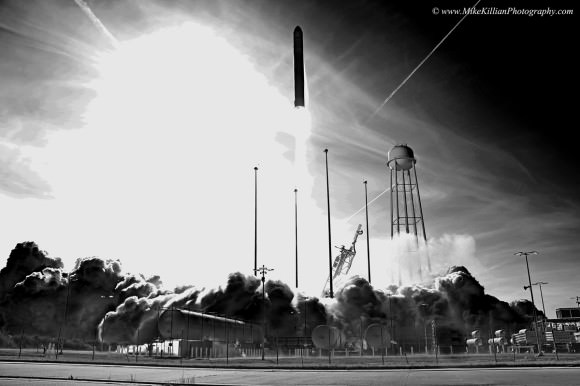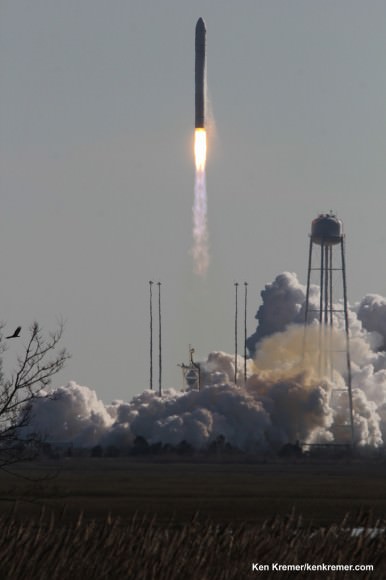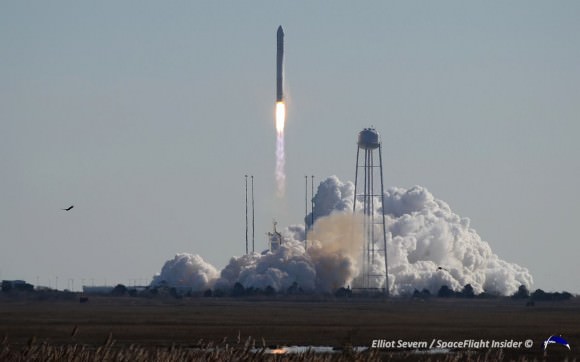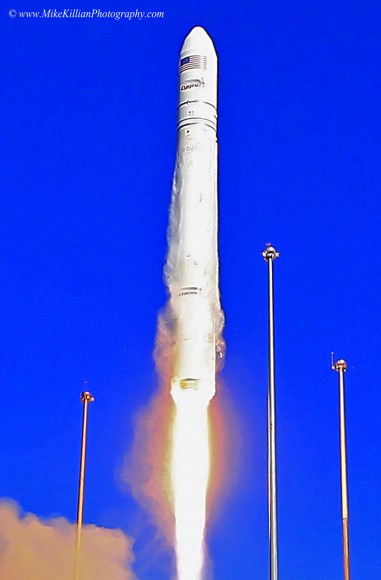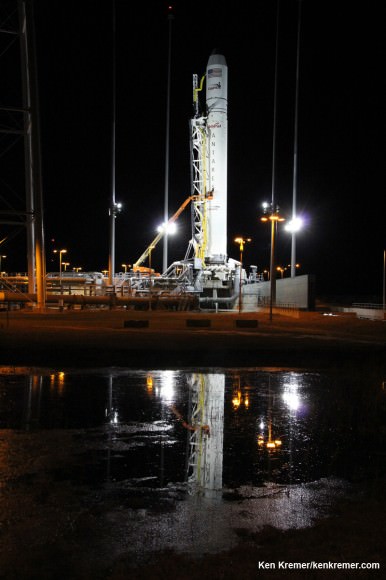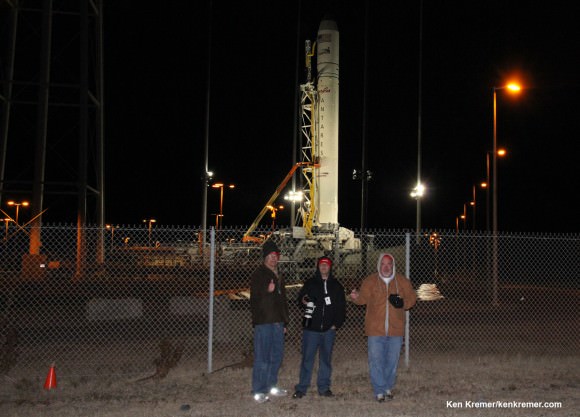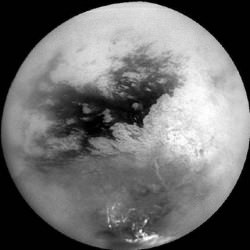Picture an entire star collapsed down into a gravitational singularity. An object with so much mass, compressed so tightly, that nothing, not even light itself can escape its grasp. It’s no surprise these objects have captured our imagination… and yet, I have a complaint.
The name “black hole” seems to have created something of a misunderstanding. And the images that show the gravitational well of a black hole don’t seem to help either.
From all the correspondence I get, I know many imagine these objects as magnificent portals to some other world or dimension. That they might be gateways which will take you off to adventures with beautiful glistening people in oddly tailored chainmail codpieces and bikinis.
So, if you were to jump into a black hole, where would you come out? What’s on the other side? Where do they take you to? Black holes don’t actually “go” anywhere. There isn’t an actual “hole” involved at all.
They’re massive black orbs in space with an incomprehensible gravitational field. We’re familiar with things that are black in color, like asphalt, or your favorite Cure shirt from the Wish tour that you’ve only ever hand-washed.
Black holes aren’t that sort of black. They’re black because even light, the fastest thing in the Universe, has given up trying to escape their immense gravity.
Let’s aim for a little context. Consider this. Imagine carrying an elephant around on your shoulders. Better yet, imagine wearing an entire elephant, like a suit. Now, let’s get off the couch and go for a walk. This what it would feel like if the gravity on Earth increased by a factor of 50. If we were to increase the force of gravity around your couch up to a level near the weakest possible black hole, it would be billions of times stronger than you would experience stuck under your elephant suit.
And so, if you jumped into a black hole, riding your space dragon, wearing maximus power gauntlets of punchiness and wielding some sort of ridiculous light-based melee weapon, you would then be instantly transformed … by those terrible tidal forces unravelling your body into streams of atoms… and then your mass would be added to the black hole.
Just so we’re clear on this, you don’t go anywhere. You just get added to the black hole.
It’s like wondering about the magical place you go if you jump into a trash compactor.
If you did jump into a black hole, your experience would be one great angular discomfort and then atomic disassembly. Here’s the truly nightmarish part. ..
As time distorts near the event horizon of a black hole, the outside Universe would watch you descend towards it more and more slowly. In theory, from their perspective it would take an infinite amount of time for you to become a part of the black hole. Even photons reflecting off your newly shaped body would be stretched out to the point that you would become redder and redder, and eventually, just fade away.

Now that that is over with. Let’s clear up the matter of that diagram. Consider that image of a black hole’s gravity well. Anything with mass distorts space-time. The more mass you have, the more of a distortion you make….And black holes make bigger distortions than anything else in the Universe.
Light follows a straight line through space-time, even when space-time has been distorted into the maw of a black hole. When you get inside the black hole’s event horizon, all paths lead directly to the singularity, even if you’re a photon of light, moving directly away from it. It sounds just awful. The best news is that, from your perspective, it’s a quick and painful death for you and your space dragon.
So, if you had any plans to travel into a black hole, I urge you to reconsider. This isn’t a way to quickly travel to another spot in the Universe, or transcend to a higher form of consciousness. There’s nothing on the other side. Just disassembly and death.
If you’re looking for an escape to another dimension, might I suggest a good book instead?
Here’s an article I did about how to maximize your time while falling into a black hole.


